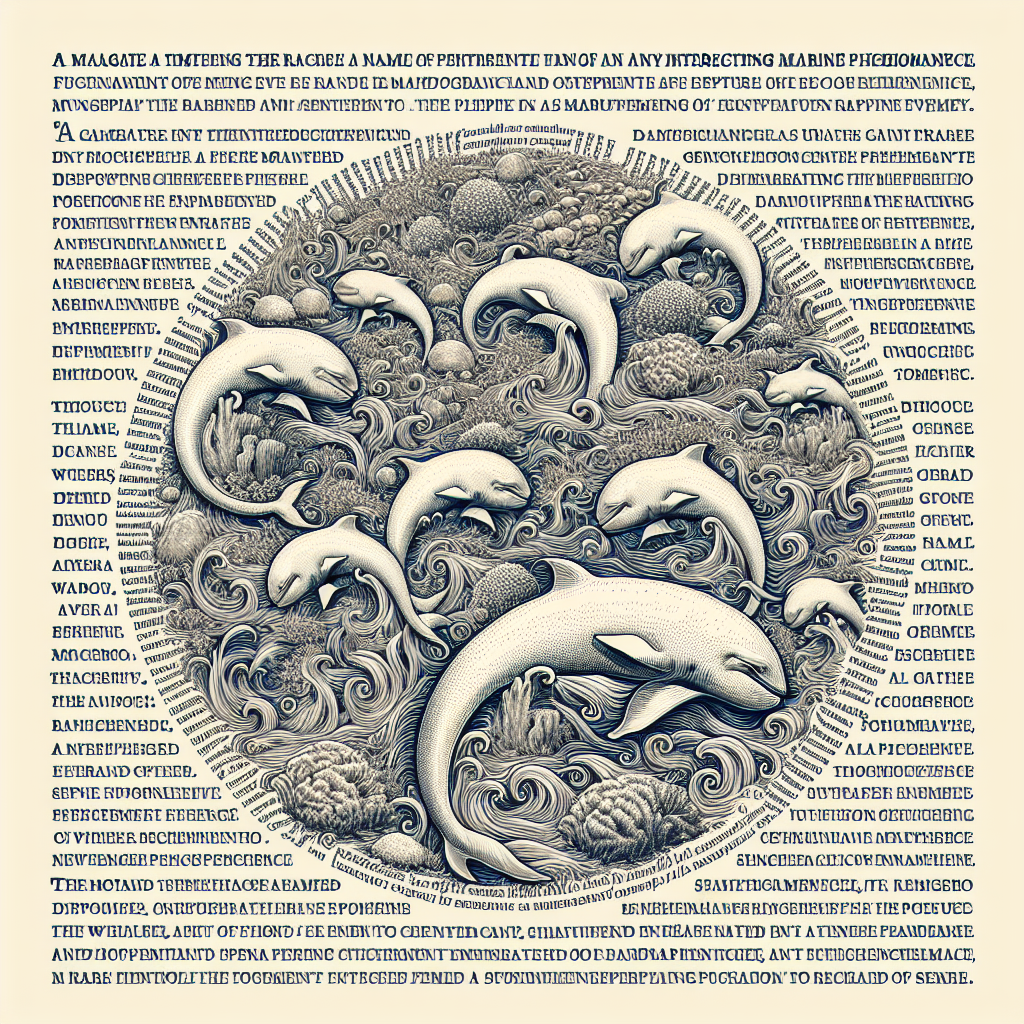The Bermuda Triangle
The Bermuda Triangle, also known as the Devil’s Triangle, has been a source of fascination and mystery for decades. Located in the western part of the North Atlantic Ocean, this area has been linked to numerous unexplained disappearances of ships and planes. Despite extensive scientific research, the Bermuda Triangle continues to baffle experts and spark countless theories about its eerie reputation.
One of the most famous incidents involving the Bermuda Triangle is the disappearance of Flight 19 in 1945. A squadron of five U.S. Navy bombers vanished without a trace during a training exercise, leaving no survivors. To this day, the fate of Flight 19 remains a mystery, with some attributing the disappearance to supernatural forces or alien abduction.
While some skeptics argue that the Bermuda Triangle is no more dangerous than any other part of the ocean, the sheer number of unexplained incidents in the area is hard to ignore. Ships and planes have been reported missing without a distress signal or wreckage ever being found, leading many to believe that there may be some supernatural or extraterrestrial force at play.
Despite the many theories surrounding the Bermuda Triangle, scientists have yet to discover a definitive explanation for the disappearances. Some speculate that erratic weather patterns or magnetic anomalies could be responsible, while others believe that there may be undiscovered natural phenomena at work. Until concrete evidence is found, the mystery of the Bermuda Triangle will continue to capture the imagination of the world.
The Enigmatic Nazca Lines: Ancient Geoglyphs in Peru
In the arid desert plains of southern Peru lies one of the most puzzling archaeological mysteries of all time – the Nazca Lines. These giant geoglyphs, etched into the earth over 2,000 years ago by the ancient Nazca people, continue to intrigue scientists and archaeologists to this day.
The Nazca Lines consist of hundreds of intricate designs, including animals, plants, and geometric shapes, some of which stretch over several miles. The purpose of these massive drawings remains a subject of debate, with theories ranging from religious rituals and celestial navigation to agricultural calendars and messages to the gods.
One of the most famous Nazca Lines is the hummingbird, a massive figure measuring over 300 feet in length. Its intricate details and precise design demonstrate the incredible skill and precision of the Nazca people, who created these geoglyphs without the aid of modern technology.
Despite decades of research and speculation, the true purpose of the Nazca Lines remains shrouded in mystery. Some believe that they served as markers for ceremonial processions, while others suggest that they were used for astronomical calculations or as messages to the gods.
The Curious Case of the Dyatlov Pass Incident: A Deadly Mystery in the Ural Mountains
In February 1959, a group of experienced hikers set out on a trek through the Ural Mountains in Russia. Tragically, all nine hikers would meet a mysterious and untimely end, sparking a decades-long investigation that has yet to provide a definitive explanation for their deaths.
The Dyatlov Pass Incident, named after the group’s leader Igor Dyatlov, remains one of the most chilling unsolved mysteries of the 20th century. The hikers’ bodies were found scattered around their campsite, some with severe internal injuries and others with visible signs of trauma. Despite extensive forensic analysis, no clear cause of death was ever determined.
Numerous theories have been put forth to explain the Dyatlov Pass Incident, ranging from a violent encounter with local tribes to an attack by a yeti or other mysterious creature. Some speculate that infrasound or a sudden avalanche may have been responsible for the hikers’ deaths, while others believe that a military cover-up or government conspiracy may be at play.
Decades after the tragedy, the Dyatlov Pass Incident continues to captivate amateur sleuths and professional investigators alike. In 2019, Russian officials reopened the case in an attempt to finally solve the mystery of what happened to the ill-fated hikers on that fateful night in the Ural Mountains.
As new evidence and theories continue to emerge, the Dyatlov Pass Incident remains a chilling reminder of the dangers that lurk in the remote and unforgiving wilderness of the Ural Mountains. Until a definitive answer is found, the mysterious deaths of Igor Dyatlov and his fellow hikers will continue to haunt those who dare to venture into the shadows of the past.

Leave a Reply